- No products in the cart.
Omez insta prig.susp.dlya powder for oral 20mg pack. 5 pieces
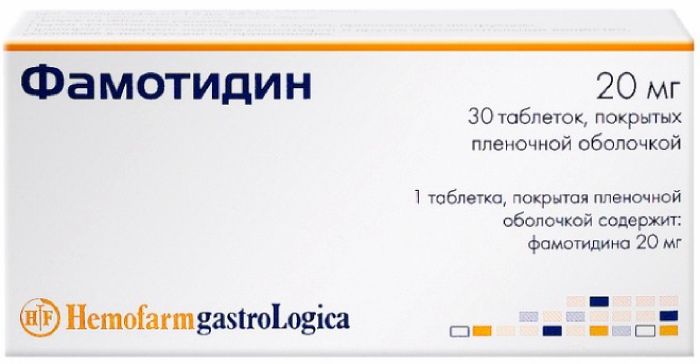
Famotidine tab p / 20 mg of 30 pcs, Hemofarm
$1.56
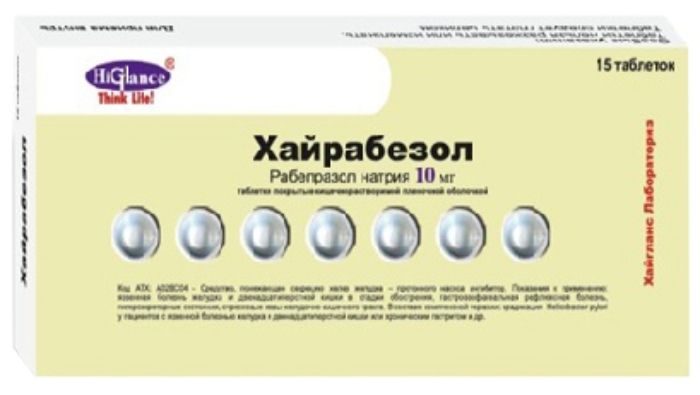
Hayrabezol tab n / an kish.rastv. 10 mg 15 pcs
$8.00
$1.53
Omez insta prig.susp.dlya powder for oral 20mg pack. 5 pieces
Description
Composition
Active substance:
omeprazole 20 mg
Excipients:
Sodium hydrogencarbonate 1680 mg, 2000 mg xylitol, sucrose 2070 mg, 30 mg sucralose, 55 mg xanthan gum, mint flavor 30 mg.
Description:
The powder is white to off-white with a peppermint odor.
Ready to use suspension: suspension from white to almost white.
Product form:
Powder for suspension for oral administration containing 20 mg omeprazole.
For 5,885 grams in a bag of composite material (low density polyethylene / aluminum foil / LDPE / glassine).
5 sachets together with instructions for use in a cardboard pack.
Contraindications
Hypersensitivity to omeprazole, substituted benzimidazoles or other ingredients, fructose intolerance, deficiency sucrase / isomaltase, glucose-galactose malabsorption (due to the presence of sucrose in the composition of the drug).
The drug should not be used in combination with atazanavir, nelfinavir, erlotinib, posaconazole.
Contraindicated the use of omeprazole in children, except on the testimony of: gastroesophageal reflux disease for children over 2 years old, weighing more than 20 kg and duodenal ulcers caused by Helicobacter pylori, for children older than 4 years old, weighing more than 20 kg (see. see “Dosing and dose”).
Carefully
Renal impairment (omeprazole dose correction is not needed).
Hepatic failure (see. The section “Method of administration and dose”).
Osteoporosis. Although a causal relationship with the use of omeprazole fractures to osteoporosis has not been established, patients at risk of developing osteoporosis or fractures on his background should be kept under appropriate clinical supervision.
Indications
Adults heartburn and other symptoms associated with gastroesophageal reflux disease (GERD); erosive and non-erosive (reflux esophagitis) forms GERD; gastric ulcer and duodenal ulcer (including relapse prevention); Helicobacter pylori eradication in infected patients with gastric ulcer and duodenal ulcer (in combination therapy); prevention and treatment of lesions of the gastric mucosa and duodenal ulcer caused by nonsteroidal antiinflammatory drugs (NSAID gastropathy): dyspepsia, mucosal erosion, peptic ulcer; hypersecretory conditions (Zollinger-Ellison syndrome, stress ulcers of the gastrointestinal tract, polyendocrine adenomatosis, systemic mastocytosis).
Children
At the age of 2 years old, weighing more than 20 kg in the treatment of gastroesophageal reflux disease; over the age of 4 years, weighing more than 20 kg in the treatment of duodenal ulcer caused by Helicobacter pylori.
Safety and efficacy in other indications in pediatric patients has not been established.
Interaction with other drugs
Substances having a pH-dependent absorption
Like other drugs, lowering gastric acidity, omeprazole treatment may result in decreased absorption of ketoconazole, itraconazole, posaconazole, erlotinib, iron and cyanocobalamin. Avoid co-administration of omeprazole.
Digoxin
The bioavailability of digoxin while the use of omeprazole is increased by 10% (may require correction mode digoxin). Caution must be exercised while the use of these drugs in elderly patients.
clopidogrel
According to the research mentioned interaction between clopidogrel (300 mg loading dose, a maintenance dose of 75 mg / day) and omeprazole (80 mg / day orally), which reduces the exposure of the active metabolite of clopidogrel and reduce platelet aggregation inhibition. Probably, the observed effect is due to the inhibitory effect of omeprazole on isoenzyme CYP2C19. Therefore, you should avoid the simultaneous use of omeprazole and clopidogrel.
antiretrovirals
The increase in pH during treatment with omeprazole may interfere with the absorption of antiretroviral drugs. It is also possible for the interaction CYP2C19 isozyme level. If concomitant use of omeprazole and certain antiretroviral drugs such as atazanavir and nelfinavir, against the background of omeprazole therapy, there is a decrease in their serum concentrations. While the use of omeprazole is reduced by 75% area under the curve “concentration-time” atazanavir. In this connection, the combined use of omeprazole with antiretroviral drugs such as nelfinavir and atazanavir, is contraindicated.
While the use of omeprazole marked increase in plasma concentrations of saquinavir / ritonavir to 70%, while the patients tolerated the treatment of HIV infection is not deteriorated.
tacrolimus
With simultaneous use of omeprazole and tacrolimus was observed increase of tacrolimus concentrations in blood serum, which may require correction of the dose. It is necessary to control the clearance of creatinine and the concentration of tacrolimus in the blood plasma by combining it with omeprazole.
methotrexate
If concomitant use of methotrexate with proton pump inhibitors in some patients, there was a slight increase in MTX concentration in blood plasma. In the treatment of high-dose methotrexate should temporarily stop taking omeprazole.
Drugs in the metabolism which is involved isoenzyme CYP2C19
While the use of omeprazole may increase the plasma concentration and increase the half-life of warfarin (R-warfarin), diazepam, phenytoin, cilostazol, imipramine, clomipramine, citalopram, hexobarbital, disulfiram, and other drugs metabolized in the liver with isoenzyme CYP2C19 (may require dose reduction of these drugs). However, omeprazole 20 mg daily did not affect the concentration of phenytoin in the blood plasma in patients receiving long-term phenytoin. When omeprazole patients receiving warfarin or other vitamin K antagonists, requires monitoring of the international normalized ratio. At the same time concomitant treatment with omeprazole 20 mg daily dose does not change the time of coagulation in patients receiving long-term warfarin.
Inhibitors isozymes CYP2C19 and / or CYP3A4
The simultaneous use of inhibitors of isozymes CYP2C19 and / or CYP3A4 metabolism slows omeprazole.
When co-administered with omeprazole clarithromycin or erythromycin concentration of omeprazole in blood plasma increases.
The combined use of voriconazole and omeprazole leads to an increase in the area under the pharmacokinetic curve omeprazole.
omeprazole dose adjustment when combined with inhibitors of isozymes CYP2C19 and / or CYP3A4 may be required in patients with severe liver failure in the case of prolonged use of omeprazole. For short joint application of adjustment is required in connection with the good tolerability of high doses of omeprazole.
Inductors isozymes CYP2C19 and CYP3A4
Inductors isozymes CYP2C19 and CYP3A4, such as rifampicin, Hypericum perforatum preparations (Hypericum perforatum), when combined with omeprazole may lead to a decrease in the concentration of omeprazole in blood plasma by accelerating the metabolism of omeprazole.
No effect on metabolism
Co-administration of omeprazole with amoxicillin or metronidazole does not affect the concentration of omeprazole in blood plasma.
Not identified clinically significant interactions with omeprazole metoprolol, phenacetin, estradiol, budesonide, diclofenac, naproxen, piroxicam, S-warfarin.
Revealed no effect of omeprazole on antacids, theophylline, caffeine, quinidine, lidocaine, propranolol, ethanol.
Overdose
Symptoms: headache, dizziness, lethargy, confusion, tachycardia, arrhythmia, blurred vision, drowsiness, dry mouth, nausea, vomiting, flatulence.
Treatment: symptomatic. If necessary – gastric lavage, activated charcoal. Hemodialysis is not effective enough.
pharmachologic effect
Pharmacological group:
Gastric glands secretion depressing agent proton pump inhibitor.
Pharmacodynamics:
Mechanism of action
Omeprazole is a weak base. Concentrated in the acidic environment of the secretory canaliculi of the parietal cells of the gastric mucosa, it is activated and inhibits the proton pump – the enzyme H + / K + -ATPase.
Effect of omeprazole on the last step of the process of formation of hydrochloric acid in the stomach is dose-dependent and provides a highly efficient inhibition of basal and stimulated acid secretion irrespective of the stimulatory factor.
Effect on gastric acid secretion
Omeprazole in daily oral administration provides a rapid and effective inhibition of daytime and nocturnal acid secretion.
The maximum effect is reached within 4 days of treatment. In patients with duodenal ulcer omeprazole 20 mg causes a steady decline in gastric juice acidity of not less than 80% for 24 hours. This achieves reduction in the mean maximum concentration of hydrochloric acid after stimulation of pentagastrin by 70% for 24 hours.
Patients with duodenal ulcer daily oral administration of 20 mg of omeprazole supports intragastric acidity value at pH> 3 for 17 hours.
Inhibition of secretion of hydrochloric acid depends on the area under the curve “concentration-time» (AUC) of omeprazole, but not on the concentration of drug in the plasma at a given time.
Effect on Helicobacter pylori
Omeprazole has an in vitro bactericidal effect on Helicobacter pylori. Eradication of Helicobacter pylori with omeprazole together with antibacterial agents accompanied by a rapid elimination of symptoms, a high degree of mucosal healing defects of the gastrointestinal tract and long-term remission of peptic ulcer, which reduces the likelihood of complications such as bleeding as effectively as the constant maintenance therapy.
Other effects associated with the inhibition of gastric acid secretion
In patients treated for long periods of time, drugs that lower the secretion of the glands of the stomach, often marked the formation of glandular cysts in the stomach; cysts are benign and are alone against the backdrop of continued therapy.
Reduced secretion of gastric hydrochloric acid leads to a slight increase in risk of intestinal infections caused by Salmonella spp., Sampylobacter spp. and Clostridium difficile.
During treatment with drugs that lower the secretion of the glands of the stomach, gastrin concentration in serum increases. Due to the reduced secretion of hydrochloric acid concentration is increased chromogranin A (see. The section “Special instructions”).
Pharmacokinetics:
Suction
Absorption – high; time to reach maximum concentration (Tcmax), on average – 30 minutes (10-90 minutes), bioavailability – 30-40% (in hepatic failure increases to virtually 100%). Meal did not affect the bioavailability of omeprazole.
Distribution
Omeprazole indicator being associated with plasma proteins, about 95%, a volume of distribution of 0.3 l / kg.
Metabolism
Part omeprazole undergoes first-pass hepatic metabolism involving isozymes CYP2C19 and CYP3A4 with formation of inactive metabolites sulfone, sulfide and hydroxy-omeprazole. Omeprazole not included parietal cells in the formation of active metabolites, completely metabolized in the liver also involving isozymes CYP2C19 and CYP3A4. Total plasma clearance was 0.3-0.6 l / min.
breeding
The half-life is about 40 minutes (30-90 minutes). About 80% is excreted as metabolites by the kidneys, and the rest – the intestines.
Special patient groups
There were no significant changes in the bioavailability of omeprazole in elderly patients or in patients with impaired renal function. Patients with hepatic impairment of function there is an increase in bioavailability of omeprazole and a significant decrease in plasma clearance.
Pregnancy and breast-feeding
The results showed no side effects of omeprazole on the health of pregnant women, the fetus or newborn.
Omeprazole is excreted in breast milk, but when used in therapeutic doses, effects on the baby are unlikely.
Omeprazole is approved for use during pregnancy and lactation.
Conditions of supply of pharmacies
On prescription.
side effects
Incidence of adverse drug reactions is described according to the following gradation: very often (> 1/10); common (> 1/100,
special instructions
If any alarming symptoms, such as significant spontaneous loss of body weight, frequent vomiting, dysphagia, vomiting blood or melena, and also in the presence of gastric ulcers (or suspected stomach ulcer) should eliminate the possibility of cancer, as treatment with omeprazole may lead to smoothing the symptoms and delay diagnosis.
Reduced secretion of hydrochloric acid in the stomach by the action of proton pump inhibitors leads to an increase of growth of normal microflora of the intestine and can result in a slight increase in risk of intestinal infections caused by bacteria of the genus Salmonella spp., Campylobacter spp., Bacteria and Clostridium difficile.
Patients at risk of developing osteoporosis or fractures on his background should be kept under appropriate clinical monitoring, although a causal relationship omeprazole / esomeprazole with fractures to osteoporosis has not been established.
There have been reports of the occurrence of severe hypomagnesemia in patients receiving treatment for more than one year of proton pump inhibitors, including omeprazole. Patients receiving omeprazole therapy for a long time, especially in combination with digoxin or other drugs which reduce plasma content of magnesium (diuretic), requires regular monitoring of magnesium.
Reduction of acidity in patients receiving omeprazole may also result in decreased absorption of vitamin B12 (cyanocobalamin).
With simultaneous use of omeprazole with clopidogrel antiplatelet a decrease of the latter effect.
Effect on laboratory tests
Reduction of the secretion of hydrochloric acid may lead to increased concentrations of chromogranin A (CgA), which affects the results of the tests to detect neuroendocrine tumors. To prevent this effect therapy of proton pump inhibitors like to pause for 5 days before the study CgA concentration.
Effect on the ability to drive mechanisms and
During treatment with omeprazole may occur dizziness, drowsiness, blurred vision, so be careful when driving and performing other potentially hazardous activities that require high concentration and psychomotor speed reactions.
Storage conditions
At a temperature of not higher than 25 C.
Keep out of the reach of children!.
Dosing and Administration
Inside. Pour contents of the bag into a cup, add 1-2 tablespoons of water (do not use any other liquid or food!), Stir thoroughly until a homogeneous suspension and immediately drink. If necessary, you can drink a small amount of water.
To provide the following dosage regimens can receive a drug registered in another dosage (Omez®, capsules, 10 mg, 20 mg and 40 mg; Omez® Insta, powder for suspension for oral administration, 20 mg; Omez®, lyophilisate for solution for infusion, 40 mg).
Adults -Izzhoga and other symptoms associated with gastroesophageal reflux disease (GERD)
For fast relief of heartburn symptoms sufficient single dose of 20 mg. – non-erosive and erosive (reflux esophagitis) forms of GERD
Depending on the severity ezofagita- from 20 mg to 80 mg per day. The daily dosage may be divided into 2-3 doses.
The duration of the basic course is 4-8 weeks. After healing erosions shown maintenance treatment for 26-52 weeks in severe esophagitis-life. For the prevention of acute reflux esophagitis – 20 mg / day. – Peptic ulcer and duodenal ulcer (including relapse prevention)
1 to 20 mg once a day. Patients refractory to treatment with other anti-ulcer drugs -40 mg / day. The course of treatment of duodenal ulcer, 2 weeks, if necessary – up to 4 weeks, gastric ulcer – 4-8 weeks. – Helicobacter pylori eradication in infected patients with gastric ulcer and duodenal ulcers, as well as other diseases that require conducting eradication (in a combination therapy)
According to the recommendations of the working group “Maastricht-4” Insta Omez® may be included in the following regimen:
The first line (standard triple scheme)
Omez® Insta 20 mg 2 times daily + clarithromycin 500 mg 2 times a day Amoxicillin + 1000 mg 2 times a day. To increase the effectiveness of therapy can assign Omez® Insta 40 mg (2 bags 20 mg), 2 times a day (doubling unit dose), and increased duration of the course of 7 to 10-14 days.
The second line (a four)
It is used after failure of standard triple therapy or intolerance to penicillin. Bismuth within 10 days tripotassium dicitratobismuthate (120 mg four times a day) in combination with Omez® Insta (20 mg, 2 times a day), tetracycline (500 mg four times a day), metronidazole (500 mg 4 times daily) .
The third line, and other alternative therapies are appointed on the basis of studies of individual sensitivity of Helicobacter pylori to antibiotics.
– Prevention and treatment of lesions of the gastric mucosa and duodenal ulcer caused by nonsteroidal antiinflammatory drugs (NSAID gastropathy), such as dyspepsia, mucosal erosion, peptic ulcer.
In order to prevent Omez® Insta administered at a dose of 20 mg daily before breakfast for the entire course of treatment of NSAID; to treat – with 20 mg 2 times or once 40 mg (2 bags 20 mg) per day for 4-8 weeks. – hypersecretory conditions (Zollinger-Ellison syndrome, stress ulcers of the gastrointestinal tract, polyendocrine adenomatosis, systemic mastocytosis) – 60 mg / day; if necessary to increase the dose of 80-120 mg / day (in which case it is administered in 2-3 doses).
Children
Age older than 2 years old, weighing more than 20 kg: with gastroesophageal reflux disease appoint a drug Omez® Insta in a dose of 20 mg once a day. Duration of treatment – 4-8 weeks; the age of 4 years, weighing over 20 kg duodenal ulcer caused by Helicobacter pylori, in a dose of 20 mg once daily in combination with antibacterial agents.
Use of the drug in specific cases
Impaired renal function. No dose adjustment is required.
Abnormal liver function. In patients with impaired liver function bioavailability and clearance of omeprazole are increased. In this connection, the therapeutic dose should not exceed 20 mg per day.
Elderly age. the rate of metabolism of omeprazole in elderly patients is reduced, but dose adjustment is not required.
Information
Appearance may differ from that depicted in the picture. There are contraindications. You need to read the manual or consult with a specialist
Additional information
| Weight | 0.100 kg |
|---|---|
| Manufacturer | DR.REDDIS |

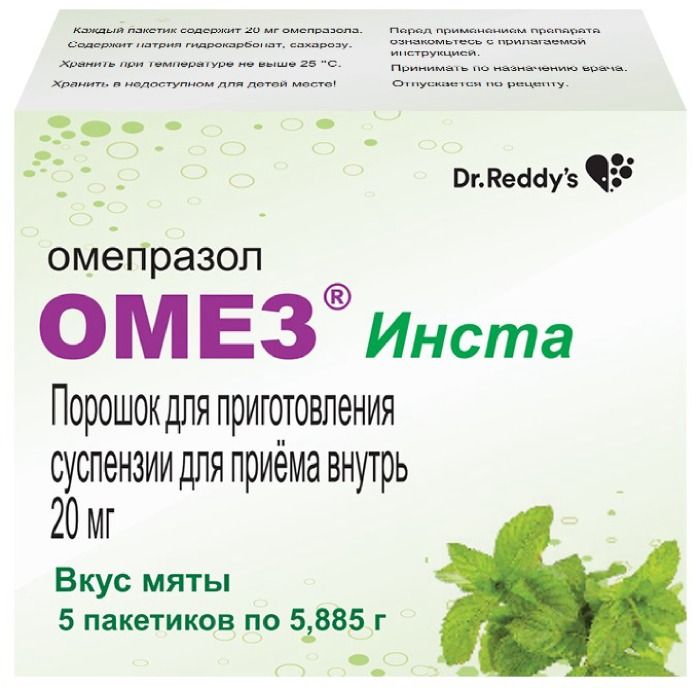
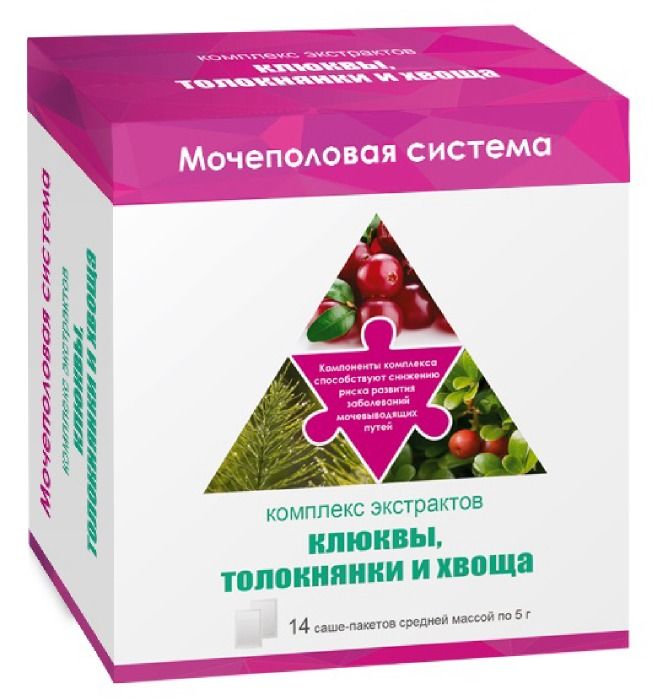

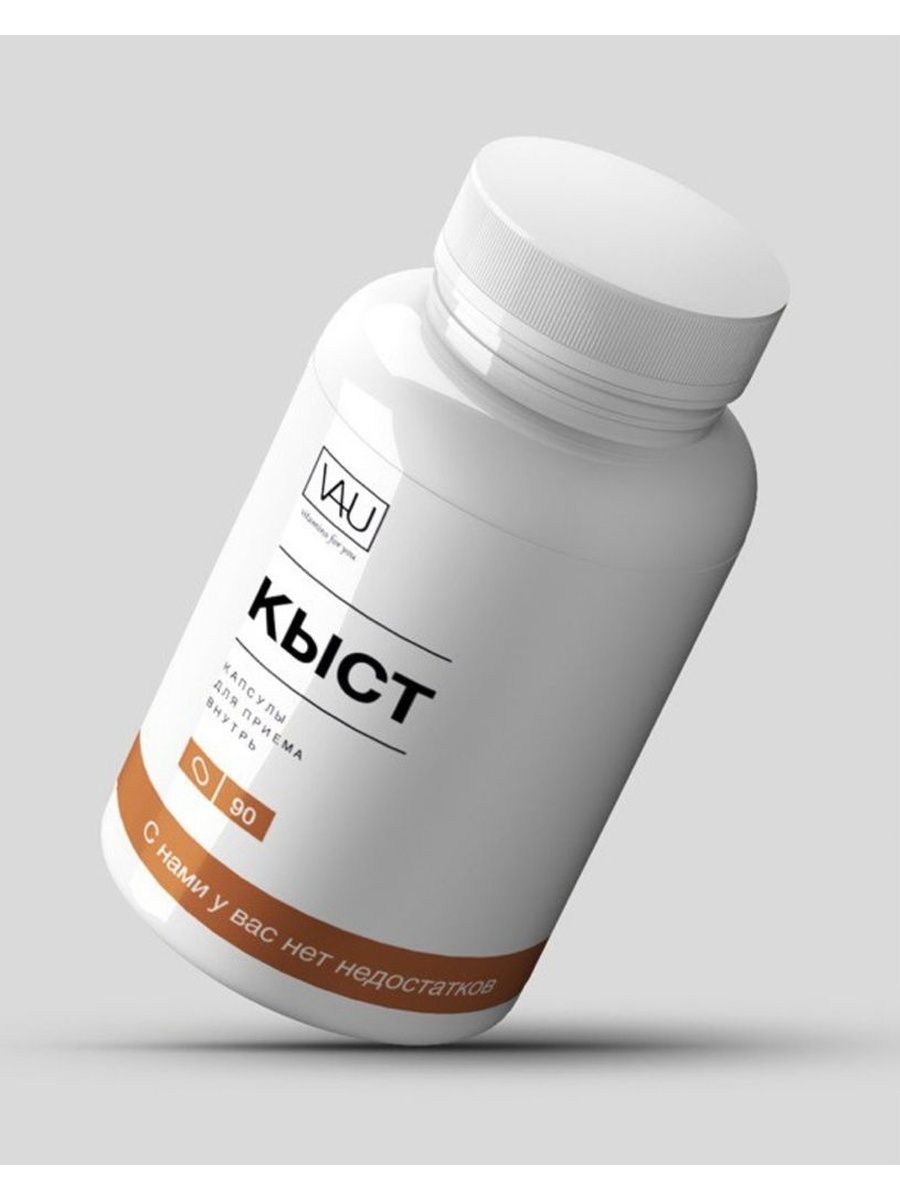
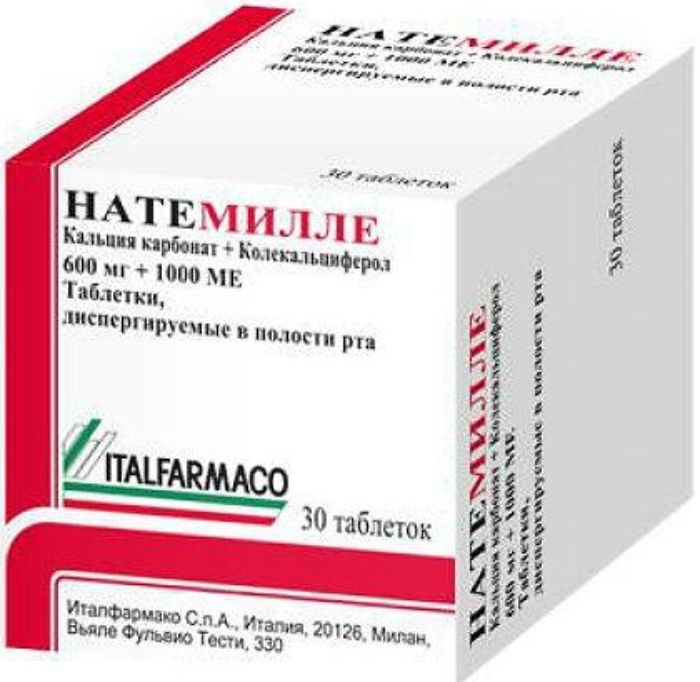






There are no reviews yet.